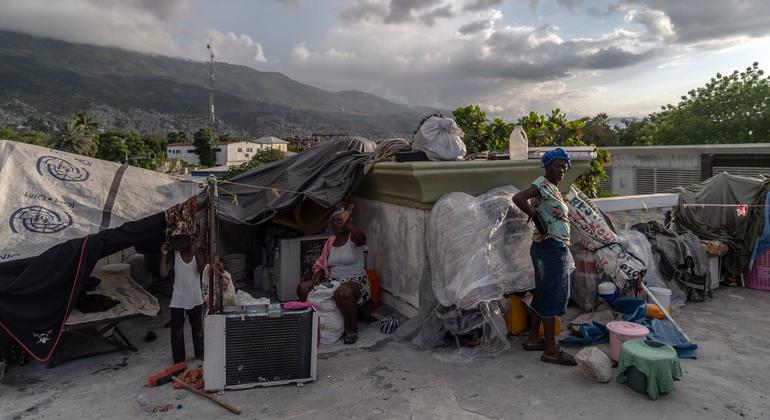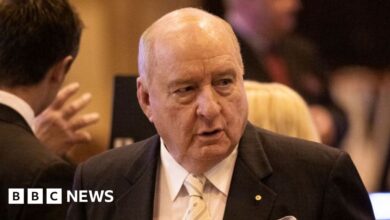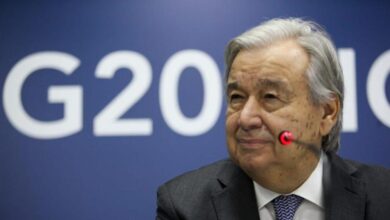Nearly half of the world’s 1.1 billion poor people live in conflict environments

This finding comes in the latest update of the Global Multidimensional Poverty Index (MPI), co-published by the United Nations Development Program (UNDP) and the Oxford Poverty and Human Development Initiative (OPHI) at the University of Oxford in the United Kingdom.
Conflict turns life upside down
MPI was launched in 2010 and this year’s edition covers research across 112 countries and 6.3 billion people.
It found that 1.1 billion people are living in severe poverty and A staggering 455 million people live in countries experiencing war or unrest.
“Conflict has intensified and multiplied in recent years, reaching new highs in casualties, displacing record millions of people and causing widespread disruption to lives and livelihoods,” speak Achim Steiner, UNDP Administrator.
Deprived of basic needs
Poverty reduction tends to be slowest in countries most affected by conflict, where poverty rates are often highest.
Countries at war have higher levels of deprivation across all indicators of multidimensional poverty, such as lack of electricity, adequate water and sanitation, education and nutritious food.
For example, More than a quarter of people in conflict-affected countries do not have access to electricity, compared with just over one in 20 in more stable areas. Similar disparities are evident in areas such as education, nutrition and child mortality.
Furthermore, deprivation is markedly more severe in nutrition, access to electricity, water and sanitation for poor people experiencing conflict, compared to poor people in more peaceful settings.

Women and children hold bread in Baghlan, northern Afghanistan.
Focus on Afghanistan
MPI also revealed that more than half of the world’s 1.1 billion poor people are children under 18 years old, or 584 million people. Globally, Nearly 28% of children live in poverty, compared with 13.5% of adults.
It also includes an in-depth case study of Afghanistan, where an additional 5.3 million people fell into multidimensional poverty during the tumultuous period between 2015-2016 and 2022-2023. Furthermore, data from last year shows that nearly two-thirds of Afghans are poor.
Mr. Steiner called for more action to support people living in multidimensional poverty.
“We need resources and access to develop expertise and early recovery interventions to help break the cycle of poverty and crisis,” he said.
Eliminate poverty, end discrimination
MPI was announced as the world marked the International Day for the Eradication of Povertyobserved every year on October 17.
This year’s theme focuses on ending institutional and social discrimination against people living in poverty.
“Poverty eradication is an essential foundation for humane, dignified societies that leave no one behind.,” UN Secretary General António Guterres said in his message to mark the day.
Although poverty is a “global epidemic” affecting millions of people, he emphasized that it is not inevitable but “a direct result of the choices that societies and governments make.” out – or not done”.

The NGO Volando Alto helps children study in Concordia, Entre Ríos, Argentina, to break the cycle of poverty.
Put people first
The Secretary-General said ending global poverty and achieving the goal Sustainable development goals (SDGs) require governments to shape institutions and systems that put people first.
“It requires that We prioritize investing in sustainable jobs, educational opportunities and social protection to create ladders out of poverty.he said.
“And it calls on us to fully implement the new policy Pact for the future by support Stimulating the SDGs and reform the global financial architecture to help developing countries invest in their people.”
United Nations member states adopted the Pact for the Future in September, which covers sustainable development, international peace and security, science and technology, youth and future generations as well as transforming global governance.




